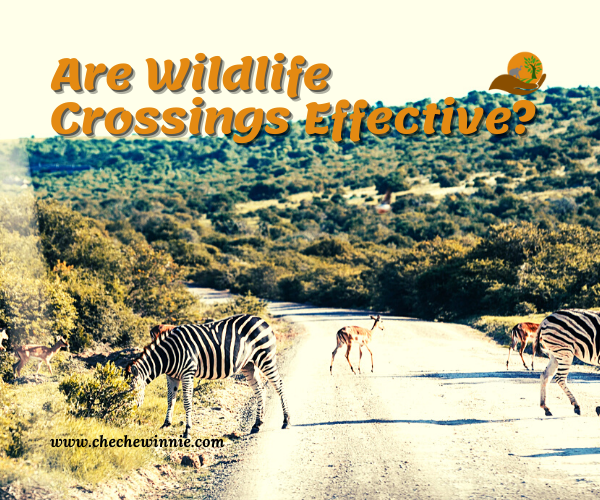Are wildlife crossings effective, and have you noticed them in your adventures?
The need for human settlement space has led to encroachment and the shrinking of conservation areas. Wildlife no longer has the huge bare land to enjoy.
These human settlements have brought with them infrastructure among other developments. Sadly, most of these developments have not considered wildlife coexistence.
Disappearing Wildlife Corridors
Wildlife is known to migrate from time to time.
It could be due to the pursuit of food, or mate.
These migrations are important, and they help to keep the ecosystem balanced. By moving from place to place, the vegetation gets to replenish, herbivores continue to multiply and predators have to pry to chase. It’s a well-coordinated affair.
But when the corridors continue to disappear, wildlife gets trapped on one side. No more movements and food may become scarce. Especially when we experience unfavorable weather due to the changing climate.
No more wildlife dispersal areas
Most wildlife has been living outside the protected areas for many years, and local communities adapt to existing with them.
They managed to live alongside each other without too much damage.
But this is changing rapidly, as people embrace different land uses.
Dispersal land is private, and the owners have the freedom to do what best works for them.
Different activities have been introduced and seen to be more profitable. Making more people not see the benefits of sharing their land with wildlife. Making wildlife the enemy of all the human-wildlife conflicts.
Unsafe crossings
Not all treasure wildlife. So the wildlife crossings may not mean anything to them. This leads to ignorance, which results in wildlife deaths from speed driving, among others.
These crossings are mostly away from the huge population, hence fewer eyes. So the not careful ones, will easily violate them and never be caught. This is a disadvantage to the wildlife.
Conclusion
Wildlife crossings are not yet effective as they should be.
There is a need for capacity building among road users and strict measures for those who violate the set measures.
These crossings should be wildlife-friendly, to encourage wildlife to use them.


In Denmark they have wildlife crossing bridges over motorways. They seem to be very effective. They look like road bridges, just with plants and trees, pretty weird actually, if one sees it for the first time.
They are the best examples that should be copied by the rest of us. The natural look helps wildlife identify with them more, hence use them as desired.